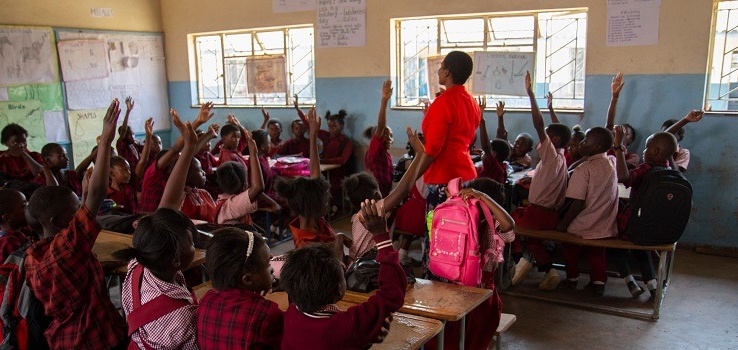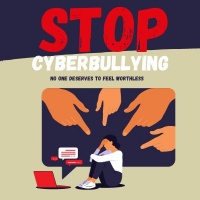In the realm of education, one of the most common challenges teachers face is dealing with the misbehavior of students. Problems with disruptive or conflicting students can be daunting, but they are essential to maintaining productive and respectful learning environments. There is no one-size-fits-all solution, but teachers can use a variety of effective strategies to address and prevent misdeeds in classrooms.
Understanding the Root Causes
To effectively address students' misbehavior, it is crucial to understand the root causes. Misbehavior often arises from a variety of factors, including personal issues, boredom, frustration, or a lack of engagement. By identifying the underlying reasons, teachers can tailor their approach to meet the specific needs of each student.
Clear and Consistent Expectations
Establishing clear and consistent expectations is an essential step in preventing wrongdoing. Teachers should communicate classroom rules and expectations from the outset, describing the consequences of bad behavior and the rewards of good behavior. When students understand the rules and know what to expect, they are more likely to adhere to them.
Positive Reinforcement
One effective strategy for influencing pupils' behavior is positive reinforcement. Teachers can encourage their pupils to behave well by praising and rewarding good behavior. Positive reinforcement, modest rewards, and acknowledgment for hard work can all help to promote positive behavior.
Active Engagement
Retaining students' interest in the process of learning is another important component in reducing misconduct. Since disruptive behavior is frequently the result of boredom, educators should make an effort to create engaging and dynamic lessons. Incorporating group projects, talks, and hands-on activities helps keep children engaged and lower the chance of misbehaving.
Fair and Appropriate Consequences
Encouraging positive behavior is essential, but teachers must also impose fair and appropriate consequences for inappropriate behavior. These consequences should be applied in a consistent manner, focusing on helping students understand the impact of their actions. The practice of restorative justice, such as discussions and reflections, may be more effective than punitive measures.
Open Communication
Keeping the lines of communication open with pupils is essential to dealing with and stopping misconduct. In addition to encouraging students to voice their worries and frustrations, teachers should also be available to listen and provide assistance as required. Students are more likely to collaborate and exhibit less disruptive conduct when they feel valued and heard.
Collaboration with Colleagues
Effective classroom management often benefits from collaboration among teachers and school staff. Sharing insights and strategies for handling misbehavior can help educators refine their approaches and develop a unified front when dealing with challenging students. This collaborative effort can lead to more consistent and effective responses to misbehavior.
Individualized Approach
Recognizing that each student is unique, it is essential to adopt an individualized approach to address misbehavior. Teachers should assess the specific needs and circumstances of each student and tailor their interventions accordingly. What works for one student may not work for another, and it is crucial to be flexible in one's strategies.
Conclusion
To sum up, managing misbehavior by students is a difficult but essential part of good classroom management. Teachers can establish a more positive learning environment by knowing the underlying issues, being explicit about expectations, employing positive reinforcement, and getting students involved in the process. These tactics are even more effective when colleagues collaborate and communicate openly. Ultimately, it's critical to understand that a one-size-fits-all strategy might not be effective, and educators should be prepared to customize their approach for each student.
Want to learn more? We recommend Li Wai-Shing's book, "Classroom Management: Creating a Positive Learning Environment,"
We also offer Online training on Creating a Positive Classroom Environment ..(and other courses), tailored to a suitable pace and within the comfort and convenience of your home. WhatsApp/SMS +234 806 068 8856












Comments